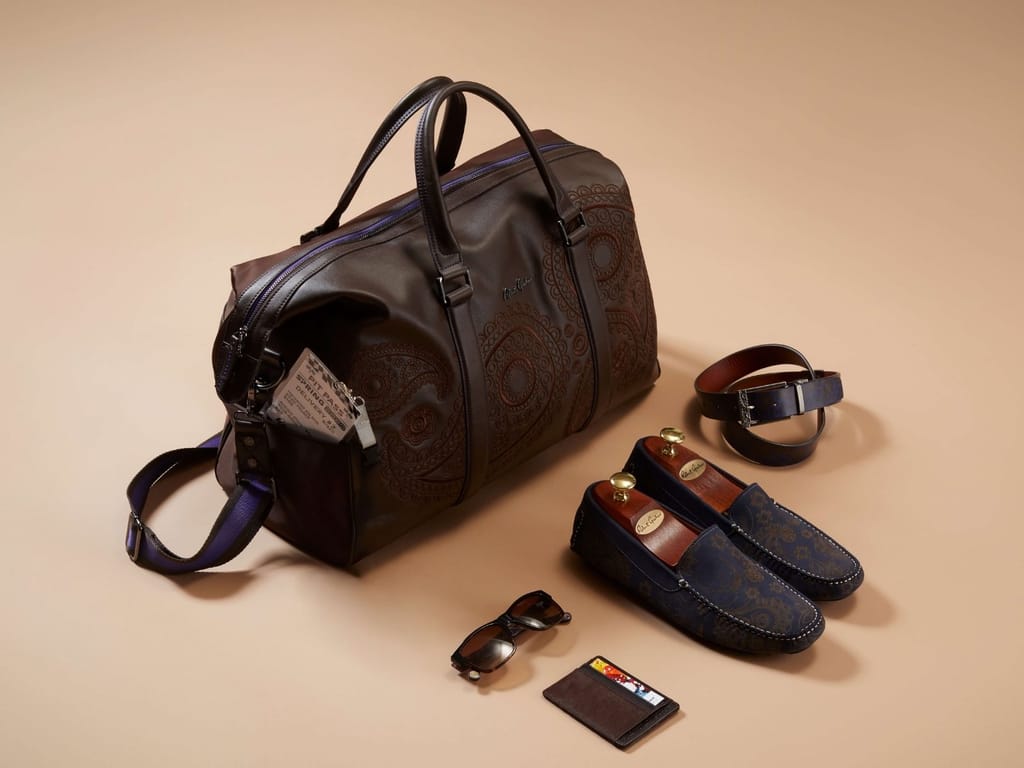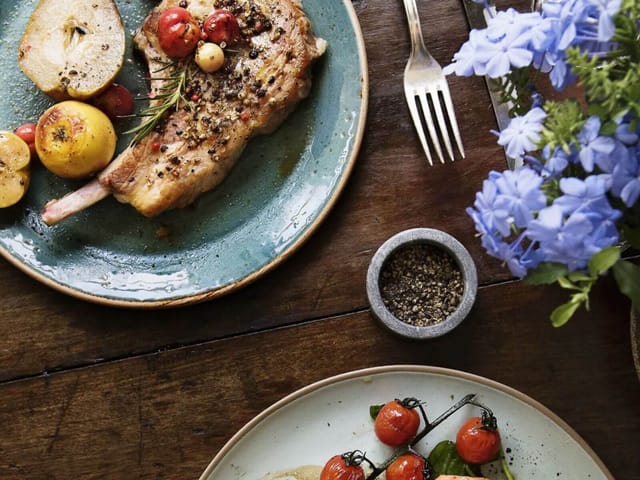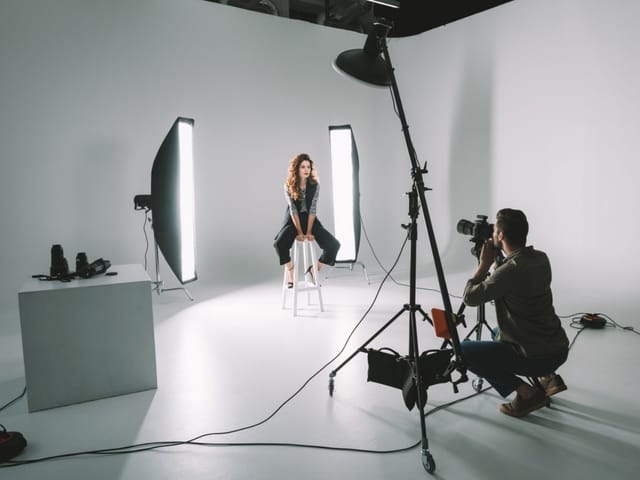
The term “flat lay” describes any image containing an aesthetic arrangement of objects shot from above.
These types of images are trendy on platforms such as Instagram and Pinterest and can help you increase your social account visibility.
Whether you want to bring creativity to your social networks’ visual content or showcase products in your online store in a unique light, we recommend that you consider using flat lay images.
Flats are the perfect way to showcase everything from product photography to your lunch menu.
Here are a few tips we recommend you keep in mind when photographing and editing flat lay images:
Step 1: Find A Flat Surface
Flat lays can be photographed on a dining table, on a desk, or on the floor.
We recommend that you place your objects on a neutral background, free of distracting patterns or textures.
Always keep the background of your flat lays cohesive with the objects in the image.

Step 2: Get creative.
A great photograph creates movement within the frame. The way to create movement in a flat lay image is through object placement and lighting.
Don’t be afraid to try multiple arrangements to capture the perfect image.
To create a “natural” appearance, arrange your objects so that only parts of some items are in the frame. This creates intrigue and helps you build a story, engaging the viewer’s imagination to think beyond the frame.
When shooting product images on a flat surface, photographers will use props like pins and hangers to fix creases, wrinkles and to have less work in the post-production stage.

Step 3: Use natural lighting
When capturing flat lay images, one of the essential tips to consider is using natural light.
Position your flat lay arrangement close to an open window or somewhere that receives a lot of natural light.
Light will allow objects to cast shadows on certain parts of your background, creating a movement so that it tells a story and doesn’t appear too flat.
Step 4: Shoot from above
The key to a great flat lay image is to capture it from an angle parallel to your flat surface.
You should get the photo from directly above your subject.
Use a step-stool or shoot your objects on the ground to position your camera directly above your scene.

Step 5: Retouching is key
When you’re retouching flat lay images, your focus should be on shadows, shape, and cleanup.
Remove dirt, sample tags, and loose threads from the item.
Keep the image editing as natural as possible, don’t remove folds or creases that resemble normal wear.
If you decide to remove the background of your image, you should preserve the shadow.
Shadows give shape and context to your photo.
If you require image retouching services for your flat lay images, we can help you.
Give us a try and see what we can do for you!




